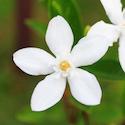Whether you have and indoors or outdoors jasmine, there is nothing more satisfying than seeing our plants healthy and flourishing with their characteristic deep green foliage as well as their gorgeously creamy and scented flowers. It is important to meticulously care for our jasmine plants, which can be tricky plants to care for. They thrive if we are getting temperature, light, soil, and water conditions nailed down.
If you neglect any of those aspects, the health of your jasmine plant can be compromised and one of the consequences of it will manifests itself in the form of curling of the leaves. This article illuminates in detail what commonly causes jasmine leaves to curl.
Leaves, that curl up, are a clear indication that there is something wrong with your plant and usually mean, that your plant is not doing too well. Curled up leaves are a sign of your plant being in distress which can be caused by an environmental stressor or a nutrient deficiency. It means that your Jasmine plant needs special and immediate attention and we need to find out what the reason for the curled leaves could be.
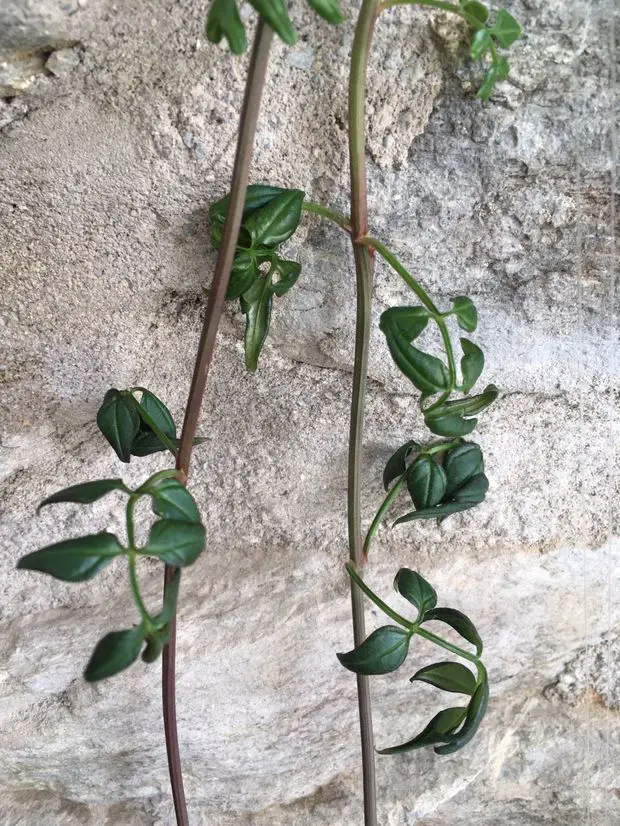
There can be many reasons why the leaves of our jasmine plant are curling up. This phenomenon can be caused by exposure to extreme environmental conditions, such as drastic heat, inadequate watering regimes or a lack of sufficient light. It can also be caused by poor caring practices, pest infestations and nutrient deficiencies. The most common nutrient deficiencies in this context are a lack of (or too low levels of) nitrogen, phosphorus, potassium, magnesium, manganese or calcium, amongst others. The deficiency can also be any combination of these elements.
Common reasons why your jasmine plant is curling up its leaves
There are a variety of reasons, which could cause the curling of your leaves, the first of which could be a lack of light.
Lack of light
A jasmine plant is a light lover. Most jasmines are tropical and subtropical plants, which is why they require a fair bit of direct sun light everyday. If there is too much shade on the jasmine for too much time during the day, it won’t get the right amount of light and the temperature it needs to function properly and blossom its always wanted flowers.
If we prevent our jasmine plant from being exposed to the sun for a long period of time, the growth of the plant will be compromised. Its leaves will start wrinkling and curling up and they will also start turning yellow.
Improving this issue is easy enough, simply move your plant to a region or location where it can get direct sun light of about 4-6 hours a day, without overexposing it as the leaves can burn otherwise. Your plant should now be able to do its required photosynthesis process and will recover within a couple of weeks.
An excess of light
Conversely, an excess of light can also cause a problem. Jasmine plants, as well as other tropical plants, love their hours of sunlight, in order for them to function properly, but too much can be a problem as well.
Too many hours under the extreme sun, can cause an excessive photosynthesis process and a heat shock in our jasmine plant, leading to its leaves to burn up, curl up and turn brown. In this case, the curling is a result of evaporation of the cellular water and ultimately leave death due to of dehydration.
You can fix this issue, by moving your jasmine pot plant to a location where there is a partial shade to light ratio. In doing so, you give your plant a little rest and never reach excess in the light and heat conditions by limiting the hours of direct light.
Nutrient deficiencies
One of the most common consequences of a nutrient deficiency is that the jasmine leaves start to curl up. Let’s dive in to the different types of nutrient deficiencies and how to treat them.
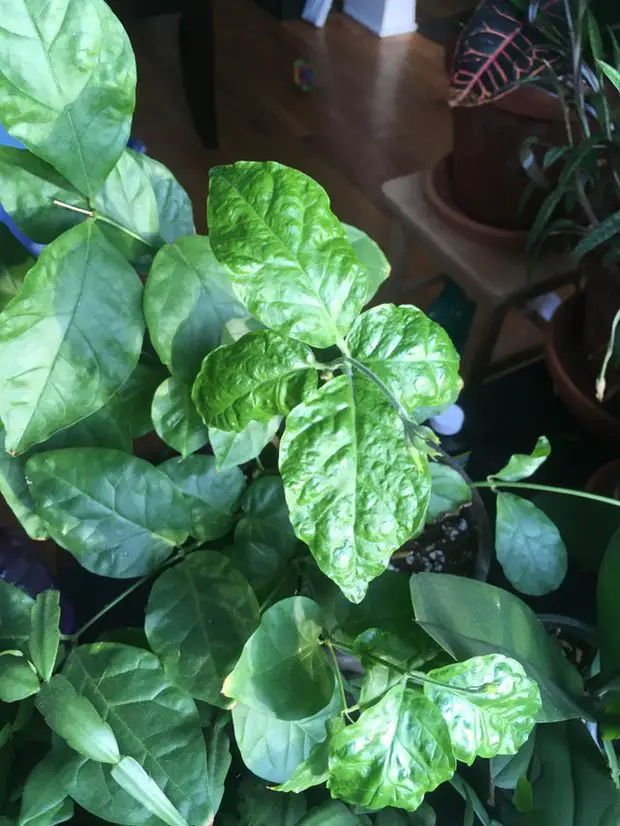
A Nitrogen Deficiency
Nitrogen is an essential macro nutrient for plants. It is involved in the production of chlorophyll, which is one of the most important plant molecules. Jasmine plants use chlorophyll and the energy in the sunlight to make their own sugar, which is their food source. If your jasmine plant is displaying some curly and wrinkly leaves, this is a sign that your plant might no be getting enough nitrogen.
When this happens, our jasmine plant will favor its newest leaves and divert the nitrogen reserves to them. This diversion will cause the older leaves at the base of the plant to develop a nitrogen deficiency, making them look unhealthy and curled up.
Another time of the year, where our jasmine plant can display a curling up of its leaves due to a nitrogen deficiency, is when it is time to blossom the flowers. This is because the plant will preferentially use all that energy to produce those flower buds and consequent flowers, diverting this much needed macro nutrient from the foliage to the flowers.
If the nitrogen deficiency is not remedied, the jasmine plant leaves will curl up, turn brown, dry out and could eventually die. Luckily, a nitrogen deficiency is quite easily fixable by using a high-nitrogen nutrient soil formula together with organic fertilizers, which are made of fish tank waste products. This way, we can provide a quick boost of nitrogen in a bioavailable form that can be absorbed quickly.
Also, it would be recommendable to use a compost and soil mix with amino acid supplements in a regular manner to prevent those nitrogen deficiencies going forward. That way, we are boosting the protein production to help grow and maintain the foliage.
Phosphorus deficiency
Phosphorus is another essential macro nutrient for our jasmine plants. Phosphorus is involved in many vital functions such as metabolism, structure, and the reproduction of the plant. If your jasmine suffers from a phosphorus deficiency, the leaves at the bottom of the plant will appear in a darker green shade and will slowly start turning to brown and later curl downwards, as the deficiency becomes more pronounced.
If left untreated, the symptoms will progress through the plant, which need this nutrient to push through from their vegetative growth to the flower budding stage. The quickest way to fix a phosphorus deficiency, is to supplement your jasmine plant soil with organic fertilizer containing bone meal, which is really rich in phosphorus in a quickly absorbable form.
You can use this fertilizer once a week, until those leaves start improving their wrinkled appearance and from then on only use it once every two to three months. Keep in mind, that heat shocks are a general problem and can compromise the integrity of your jasmine plant, but too much of a cool period can also have the same effect and can hinder your jasmine plants' ability of taking up the much needed phosphorus. Therefore, keep your plant in a consistent near optimal temperature, ranging between 65 and 75 degrees Fahrenheit (18 °C to 24 °C) to help with phosphorus uptake.
Calcium deficiency
One of the most common results of a calcium deficiency in a jasmine plant is slow growth which also regularly leads to leaves curling. If we were to let such a deficiency linger for too long, our jasmine plants would be in danger of becoming stunted and weak.
Calcium is a key macro nutrient in plants. It is involved in essential functions of the jasmine plant, such as structural functions. It is involved in the process of making the cell wall and cell membranes. Thus, when there is a lack of calcium, the cell walls of the leaves will become less rigid and somewhat floppy. That is the main reason why the start curling up.
Additionally, calcium is involved in cell signaling processes and a required component for the proper identification of environmental and nutritional stressors by the plant. Calcium is also involved in transportation of other nutrients through the plant to the tissues where they are needed. These other nutrients include nitrogen and potassium.
It is also very common to observe some brown spots on the leaves, leaf necrosis (necrosis means dead leaf tissue) and the leaves to be completely curled downwards, when there is a calcium deficiency.
Three common reasons for a calcium deficiency
There are three main reasons for a calcium deficiency in jasmine plants:
- One: Under watering
- Calcium is a macro nutrient, which is taken up from the soil. Moreover, calcium is a water soluble mineral, which is transported through the root system of the plant, dissolve in water. Thus, when there is not enough water around, the required calcium levels for the stability of the plant, do not get taken up and transported, which is why a lack of water can cause a lack of calcium.
- Two: Acidic soil
- Too high acidity in the soil can also be a reason for a calcium deficiency to develop in jasmine plants. When acidity is too high, the calcium ions get transformed into a form which is not very bioavailable. That means, that calcium is not being efficiently taken up by the jasmine plant and not transported to the needed tissues. We can diagnose soil acidity and measure our soil for its pH with a pH meter or pH measuring strips. Testing pH is the first step to help us fix this issue.
- Three: Low calcium in the soil
-
The calcium deficiency can come from the soil mix itself: If we are not using the appropriate soil and compost mix, but one which is low in calcium, our jasmine plant won’t be able to uptake the required amounts of calcium, as it is not present in the soil that we have planted in. If that is the case, we can help fixing this issue by adding chalk or chalk powder, which are both good calcium sources.
A way to add chalk to the soil is getting a regular chalk stick, just like the one you would use to write on a chalkboard in school. This chalk stick can either be placed straight into the soil: Make a hole near the plant, close to the rooting system and stick the chalk in. You can also make chalk powder, by using your kitchen grater, and grate some of the chalk stick into powder. Then, add the powder to about a cup and a half of water and pour the mix to the plant soil. The following day, is is recommended to till the soil, so that the remainder of the powder around the surface of the pot soil gets mixed up again.
Another very easy way to increase the soil calcium level is adding egg shell powder. Egg shells are naturally rich in calcium and an excellent organic calcium source for plants. You can add this organic fertilizer once a week until the plant resolves the curling issue in its leaves and they don't look messed up anymore.
Potassium deficiency
Potassium the third essential macro nutrient which is absolutely required for the growth of our jasmine plants. Potassium is a component which is involved in the internal water pressure regulation. It also regulates the cells of the stoma which are involved in the opening and closing of the pores of the leaves, thus regulating the plant's transpiration and breathing processes.
The first symptoms, which help us identify a potassium deficiency, are the foliage of our jasmine plant looking somewhat unhealthy: Like crispy, curly and yellow leaves with the leaf tips looking like they are burnt. The best way to address a potassium deficiency and ensure potassium is present in the soil is to use an NPK 20-20-20 fertilizer and to add an extra supplement, such as molasses to the fertilizer as soon as the budding stage starts. Make sure the pH does not go too acidic. Keep it somewhere between pH 6.0 and 7.0. That way potassium will be easily available and calcium will remain soluble for uptake.
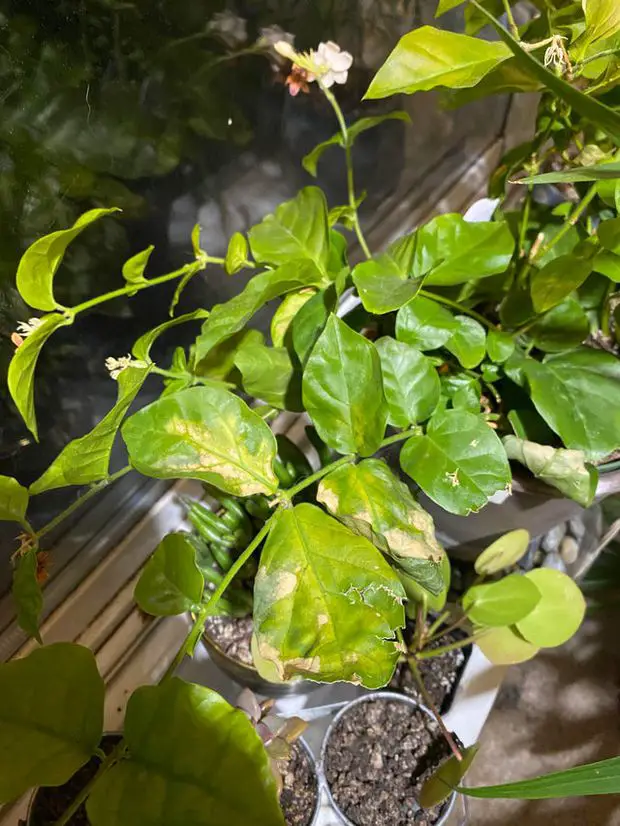
Manganese and magnesium deficiency
Manganese is a micro nutrient involved in growth and development as well as metabolic functions of the plant. Moreover, it is part of the so-called oxygen-evolving complex of the photosynthesis machinery. Magnesium is a also a vital component of the photosynthesis machinery: It is the central part of the chlorophyll molecule in a plant. Without magnesium, there is no photosynthesis.
Therefore, a deficiency in any of these two components will directly impair the tissue growth in our jasmine plant, especially its leaves, causing yellow spots and shriveled tips in the leaves. Usually, curling in leaves due to a manganese deficiency is more commonly observed in younger leaves, on less established plants, whereas magnesium deficiencies are more apparent in more mature and established plants.
To fix these issues, you will need to test the soil, with either a pH meter or pH measuring strips. Too alkaline soil can cause issues in the absorption of these micro nutrients through the root system. If your pH turns out to be alkaline, we need to acidify the soil, by either adding alum or vinegar solutions. A foliar spray with epsom salt solution can be used to increase the soil magnesium content and also balance the pH.
Over watering or lack of water
Watering our jasmine plant properly its crucial for its long term well being and survival. Sometimes, we might make irrigation mistakes and water our plant in excess. Or maybe, it is a heavy wet season this year and our plant is getting drenched more than usual. When this happens, the root system is very humid and constantly moist. This can lead to rotten roots, which can cause all kinds of problems witht nutrient and water uptake, causing the leaves to start declining and curl.
We can fix this issue slowly over time, by getting the proper amount of water to our jasmine plant. A more drastic solution is to remove the root ball and replant in new, completely dry soil. Of course, replanting is much easier on a potted plant, where the drenched soil can simply be removed from the root ball and replaced. If you choose to replant, don’t water the plant for at least two days, to allow those roots enough time to heal in and adapt to these new conditions.
Additionally, you can add some fungicide powder in the mix of the new soil. Using fungicide can help with fungal problems that arise in root rot situations and will likely speed up the recovery of your plant.
Conversely, too big a lack of water is equally detrimental for the overall health of our jasmine plant. If you are not watering your plant enough, the leaves will also start curling upwards and being really weak and crispy. You should water your plant regularly, until the water comes out of the drainage hole at the bottom of the pot. Your plant should improve a lot within a couple of days if it was just dried out and you keep watering it appropriately.
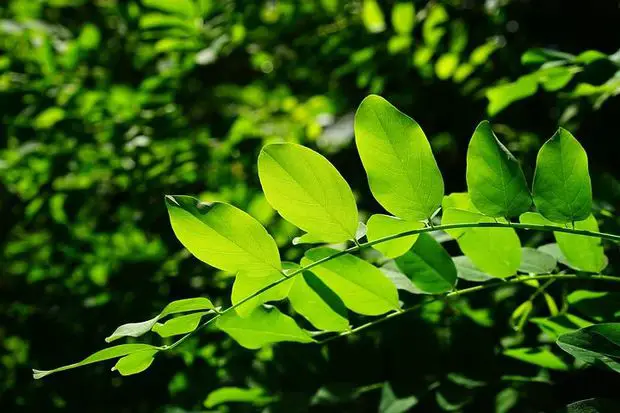
Pests
Another very common cause of leaf curl in jasmine plants is an infestation. Usually aphids, whiteflies and mealybugs feed on the sap of the plant through the leaves and thus really contributing to the overall declination of the plant. As a general rule, neem oil is a pretty good first approach to ameliorate this issue. If the burden of these insects is pretty high, the leaves will look pretty devastated and probably you will have to end up cutting them off. We have covered how to cure our jasmine plant from bugs and pests in general in earlier posts. We have also written specifically about how to get rid of aphids if you have one of those infestations or what to do about a mealybug infestation.
Chemical damage from herbicides
Sometimes, herbicides are required to get rid of unwanted weeds around our jasmine plants, but we have to be very cautious, as most herbicides will not only harm the undesired plants, but also our loved ones if they are used too close by or if we have used too much. Also, they are known to be a very bad contaminant for aquatic ecosystems.
Herbicides are compounds, that act by inhibiting cell functions and cell division of plants and hence stopping their vital operations, for example photosynthesis, which is required for plant growth and survival. Usually, herbicides are applied to the foliage and to the soil in the form of a spray or added as a liquid to the water supply.
The consequence of herbicide use can be that plants nearby the area of use, such as our jasmine plants, curl up their leaves sideways. This is especially the case if herbicides containing dicamba and mecoprop as active ingredients were used.
Unfortunately, these harmful component can definitely damage our jasmine plants, particularly in combination with high temperatures. The fix for this issue is, to use these herbicides with care, in very small amounts, when the weather is a bit cooler and less windy.
If you can, consider performing a manual removal of your unwanted plants instead of using herbicides. Herbicide side effects will obviously not be an issue if you manually tear out your weeds.
Summary
To wrap it all up, there is obviously no better fix than prevention and there is just no replacement for proper care for our jasmine plant. But even-though you try and do your very best to be meticulous in the getting the care right, some issues can still arise. Understanding how pests, nutrient deficiencies and extreme environmental conditions can affect the foliage of our jasmine plant, will give you the tips to fix it and thus help you, expanding the lifespan of our beautiful plant.
